Belgium-based AGC Automotive Europe, a unit of Japan’s chemicals, glass, and materials company AGG, announced ahead of the September 2025 automotive trade fair IAA Mobility 2025 in Munich, Germany, that its panorama-style solar roof for passenger cars is ready for mass production.
The vehicle-integrated photovoltaic (VIPV) solution, which was announced in development last year, features high-efficiency back contact solar cells and a uniform full black appearance.
“In AGC Solar Roofs, decades of glass expertise meet pioneering solar technology,” said Loïc Tous, AGC Automotive project leader, in a statement that specified the company’s intention “to redefine vehicle comfort, sustainability and efficiency” by combining low-emissivity coating, ambient lighting and solar roof functionality “without any loss of performance.”
The VIPV unit is a glass-glass module based on back contact solar cells with at least 25% efficiency. They have a uniform black appearance to match premium passenger vehicles with tinted side and rear windows.
The appearance is supported by the use of back contact solar cells combined with a “dark interlayer between the cells and the inner glass pane,” according to the company.
The back contact cell technology also avoids front side shading losses and an improved temperature coefficient, which the company said contributes to enhanced performance even in hot climates.
No further details about the PV cells used or system specifications were provided, however when the technology was first launched in 2024, a company statement said the roof could have power outputs ranging from 170 W to 380 W, depending on the usable area.
The solar sunroof offers “plug-free support”, when driving or parked, to extend the driving range of electric vehicles (EVs) )between charges, but it can also power the security and comfort systems, according to the manufacturer, reducing phantom battery drain caused by auxiliary car functions such as camera, 4G, etc.
“On top of providing extra range, the generated electricity can be used for various vehicle functions, such as pre-ventilating the interior for improved comfort or powering surveillance cameras and connectivity systems for improved security,” it said.
The addition of an AGC Automotive solar roof does not necessarily reduce headroom as it offers up to 30 mm more room compared to sunroofs that need a roller blind system, and it is lighter in weight.
Furthermore, a low-emissivity coating on the inner glass pane of the module optimises thermal comfort in the vehicle in both summer and winter, reducing the energy and CO2 emissions caused by air conditioning and heating, according to the company.
AGC Automotive Europe is a vertically integrated automotive glass manufacturer, from raw glass to value-added services immediately prior to final assembly at the customer’s premises and component supplier.
This content is protected by copyright and may not be reused. If you want to cooperate with us and would like to reuse some of our content, please contact: editors@pv-magazine.com.
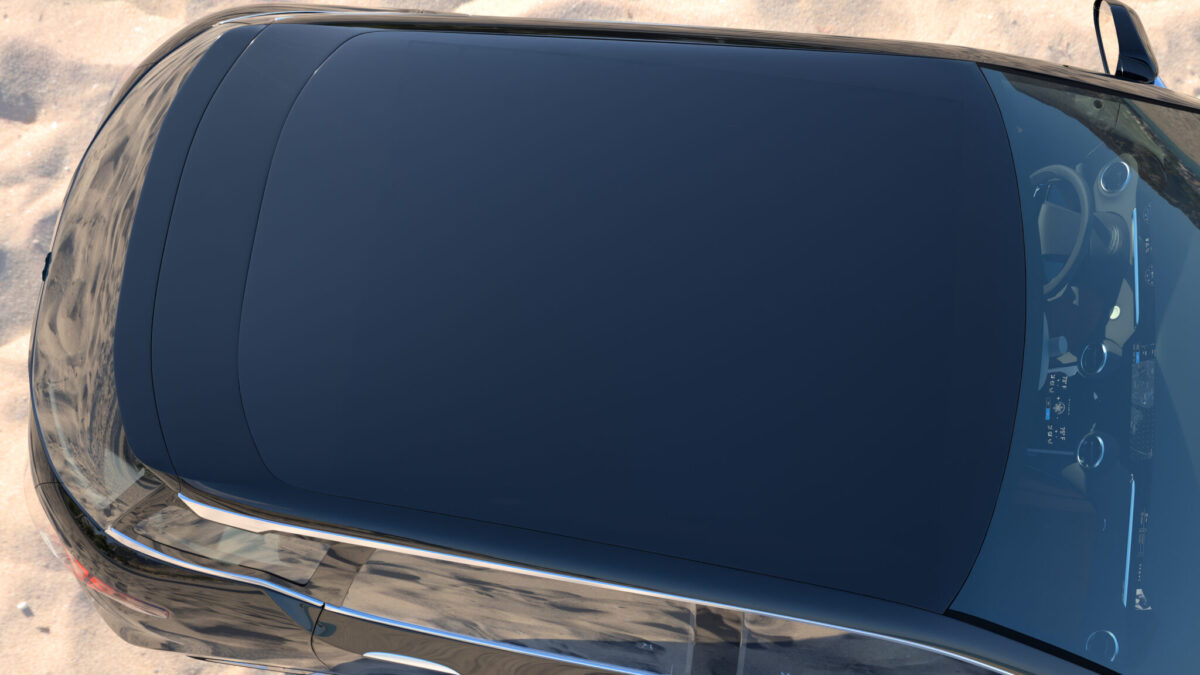


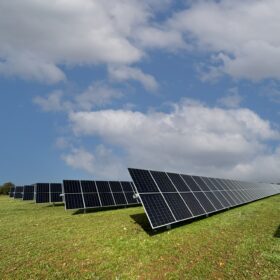
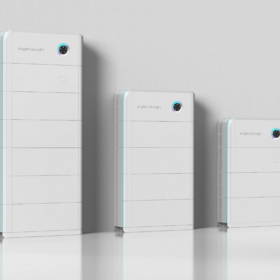

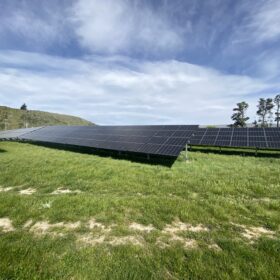
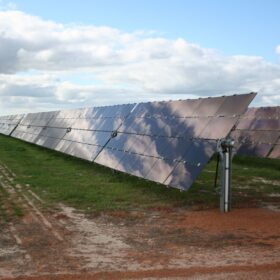
By submitting this form you agree to pv magazine using your data for the purposes of publishing your comment.
Your personal data will only be disclosed or otherwise transmitted to third parties for the purposes of spam filtering or if this is necessary for technical maintenance of the website. Any other transfer to third parties will not take place unless this is justified on the basis of applicable data protection regulations or if pv magazine is legally obliged to do so.
You may revoke this consent at any time with effect for the future, in which case your personal data will be deleted immediately. Otherwise, your data will be deleted if pv magazine has processed your request or the purpose of data storage is fulfilled.
Further information on data privacy can be found in our Data Protection Policy.